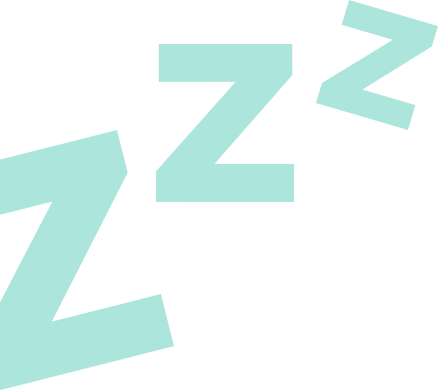Understanding temperature sensations under SnoozeShade
The science behind what parents experience
Parents often share fascinating observations about temperature under SnoozeShade. Some tell us their baby feels noticeably cooler in the shade, while others mention their little one seems warmer or slightly sweaty. Both experiences are completely normal, and there's solid science behind each sensation.
So if the air temperature isn’t changing, why do parents experience different sensations? The answer lies in how our bodies perceive temperature and how babies' physiology works during sleep.
The science of shade and temperature
SnoozeShade is designed for sun protection, not temperature control. The air temperature inside remains close to the outside, typically with only a 1-2 degree difference.
So, the sensations you feel are often from radiant heat, airflow, or contact - not actual changes in temperature.
Why many parents notice a cooling effect
- Less radiant heat: No direct sunlight means less heat on your baby’s skin.
- Cooler materials: Shade keeps stroller parts cool to the touch.
- Evaporative cooling: EziBreez™ mesh allows airflow to help moisture evaporate.
- UV protection: Blocking UV rays stops surfaces and skin from warming up.
Why some parents notice a warming sensation
- Gentler airflow: Wind is softened under SnoozeShade, so you might miss that cooling breeze.
- Body heat transfer: Baby's warmth transfers to stroller fabrics.
- Slower evaporation: Less airflow where baby touches the seat means moisture lingers.
- Expectation vs. reality: Expecting dramatic cooling can affect perception.
Baby sleep physiology: The missing piece
Baby bodies are still learning to regulate heat, so they may feel warmer during naps. Most heat is focused around the head and neck where sweat glands are more active.
As long as your baby is sleeping soundly and not showing signs of distress, warmth is usually part of normal sleep- not overheating.
Practical guidance for parents
- Smart positioning: Avoid direct sun during peak hours.
- Keep moving: Movement creates helpful airflow.
- Add a fan: A clip-on fan supports cooling and white noise for sleep.
- Check the chest: Don’t rely on hands or feet to judge temperature.
- Remember perspective: UV protection is more important than mild warmth.
The bottom line for parents
SnoozeShade offers outstanding sun protection with air temperatures close to the outside. Any temperature changes you notice are likely due to airflow, materials, or sleep - not the shade itself.
With this knowledge, you can feel confident using SnoozeShade to protect your baby and support their comfort during naps on the go.
What parents experience:















